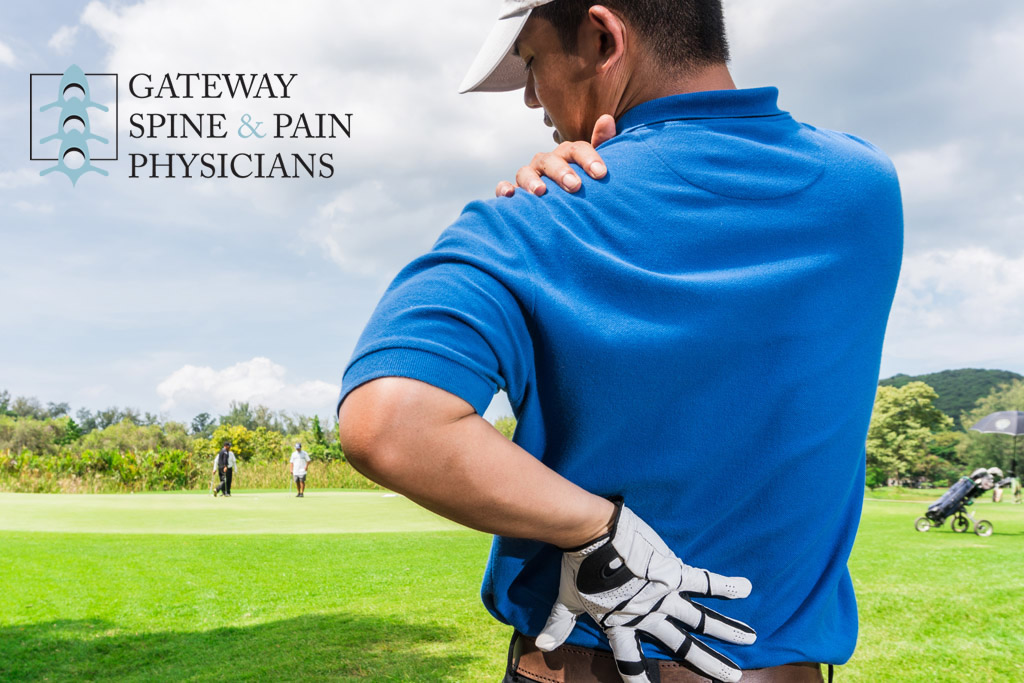Dr. Hong named Medical Director of Pain Management at Good Samaritan Hospital.
Advocate Good Samaritan Hospital in Downers Grove, Illinois, has appointed Dr. John K. Hong the Medical Director of Inpatient and Outpatient Pain Management. Dr. Hong is the president and founder of Gateway Spine & Pain Physicians, a pain management practice servicing the western suburbs of Chicago with offices in Bolingbrook, Hinsdale, and Downers Grove. As medical director at Good Samaritan, Dr. Hong will be spearheading the development of the pain program with a continued focus on exceptional, outcome focused, patient centered care. “As medical director, it will be my mission to help develop a comprehensive pain program, integrating medical specialties and health care providers to deliver the highest level of care. My goal is that Good Samaritan will become a center recognized regionally for excellence in pain management,” states Dr. Hong. Advocate Good Samaritan Hospital is a top ranked Chicago area hospital, appearing in the 100 Top Hospitals list six times over the past seven years. It remains the only hospital in Illinois to have earned the Malcom Baldrige National Quality Award – the highest Presidential honor for performance excellence.
For additional information regarding Gateway Spine and Pain Physicians, please visit gatewaypain.com or call (630) 226-1130.








